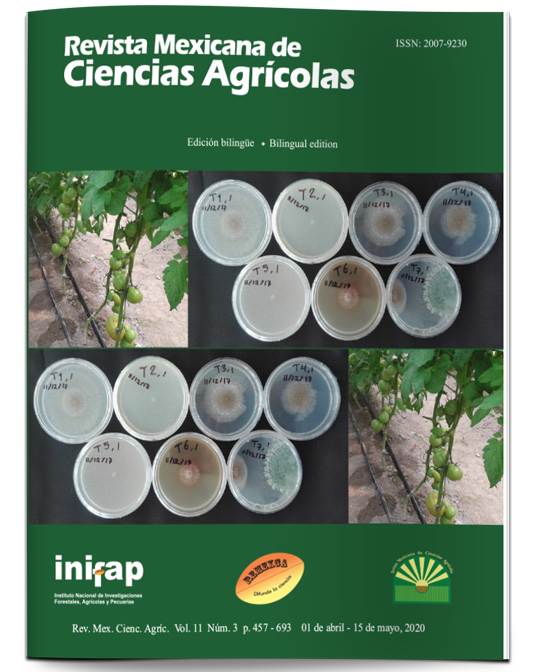General equilibrium analysis applied to the economy of a rural community in Mexico
DOI:
https://doi.org/10.29312/remexca.v11i3.2056Keywords:
agricultural household model, general equilibrium, parameter calibration, policy experiments, social accounting matrixAbstract
Agricultural households in small rural economies are characterized by being a unit of production-consumption, not following the logic of the market and presenting a heterogeneous and diversified productive structure. This research aimed to simulate some policy scenarios to analyze the effects of sectoral policies or trade reforms on the economy of a rural community of 2 500 inhabitants or less. Through the parameterization of the agricultural household model; through the social accounting matrix of the Bajitos de la Laguna community, Tecpan de Galeana municipality, Guerrero, Mexico, and in a context of general equilibrium, three policy experiments were simulated with different model closure rules: 1) 5% drop in the price of basic goods produced by peasant-type households; 2) decrease of 5% in the price of basic goods and a direct transfer to the income of producers; and 3) a transfer to the income of producers without a drop in the prices of basic goods or any other good. The results show how a policy of this type impacts the production of the goods produced in the community, the income of the households, the consumption demand of the households, the supply and demand of factors, the commercialized surplus, mainly. The results also show that the community is indeed distinguished by being a community with typically peasant features and being impacted to different degrees by sectoral or commercial policies.
Downloads
Published
How to Cite
Issue
Section
License
The authors who publish in Revista Mexicana de Ciencias Agrícolas accept the following conditions:
In accordance with copyright laws, Revista Mexicana de Ciencias Agrícolas recognizes and respects the authors’ moral right and ownership of property rights which will be transferred to the journal for dissemination in open access. Invariably, all the authors have to sign a letter of transfer of property rights and of originality of the article to Instituto Nacional de Investigaciones Forestales, Agrícolas y Pecuarias (INIFAP) [National Institute of Forestry, Agricultural and Livestock Research]. The author(s) must pay a fee for the reception of articles before proceeding to editorial review.
All the texts published by Revista Mexicana de Ciencias Agrícolas —with no exception— are distributed under a Creative Commons License Attribution-NonCommercial 4.0 International (CC BY-NC 4.0), which allows third parties to use the publication as long as the work’s authorship and its first publication in this journal are mentioned.
The author(s) can enter into independent and additional contractual agreements for the nonexclusive distribution of the version of the article published in Revista Mexicana de Ciencias Agrícolas (for example include it into an institutional repository or publish it in a book) as long as it is clearly and explicitly indicated that the work was published for the first time in Revista Mexicana de Ciencias Agrícolas.
For all the above, the authors shall send the Letter-transfer of Property Rights for the first publication duly filled in and signed by the author(s). This form must be sent as a PDF file to: revista_atm@yahoo.com.mx; cienciasagricola@inifap.gob.mx; remexca2017@gmail.
This work is licensed under a Creative Commons Attribution-Noncommercial 4.0 International license.



